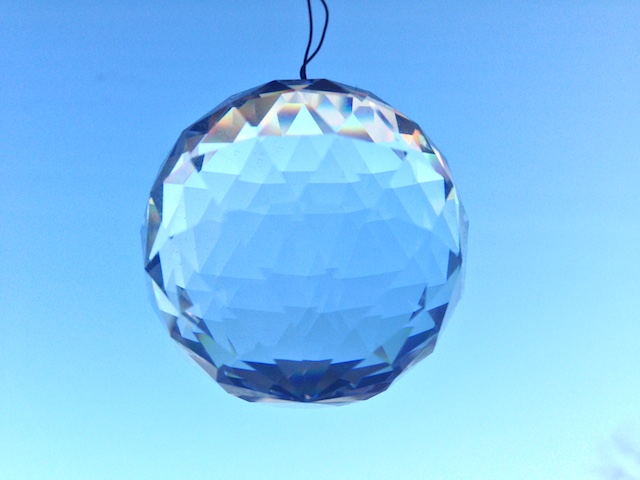I want to tell you about the most sincere guy I’ve ever known. In 2004, when I was an art student at Boston University, I responded to a part-time job posting on Craigslist. Applicants needed to have not only an interest in the arts but also experience maintaining freshwater aquariums. My dad loves fish, and when I was growing up, we had both fresh and saltwater tanks at home. The job seemed like a good match.
For confidentiality’s sake, I will call my boss Henry. He was a pharmacist and an aspiring art dealer, whose apartment on the thirty-eighth floor overlooked Boston’s waterfront. It was “the world’s only floating gallery,” he explained during the job interview. The space—neither a gallery nor floating—was unlike any I had encountered. I was curious about it and him, and I was hired.
More than a decade has passed since the summer Henry and I spent together, but I will recall the gallery as best I can. One room’s ceiling was plastered with fake flowers, as if the flower aisle of a craft store had barfed overhead. In another room, Baroque music played ad nauseam. In this room, giclée prints of Baroque masterpieces covered the walls, and in the room’s exact center, a faceted Swarovski crystal was suspended with fishing wire. Four laser beams, one positioned in each corner, hit this crystal with precision, dispersing red laser points throughout the room. Once Henry spun the crystal, and the tiny red dots danced around the room. It was remarkable. It was also absurd.
I questioned Henry’s state of mind, yet not a shred of sarcasm, not one knowing glance was exchanged. Henry believed in his mission, however unappreciated it was by outsiders. He was insanely sincere. Though the space that Henry had created was wacky, no mystery lurked under the surface about his motives. Because he was so deeply committed to the world he had created, I could also believe in it.
I chose sincerity as the theme for the July/August issue of the ART21 Magazine because I believe that artists need to be sincere like Henry. The type of sincerity I am championing occurs when one’s creative output syncs with one’s inner thoughts and beliefs. I’m interested in the marriage of idea and intent. Thus, a work of art can be sincerely ironic, and many great works are. The viewer’s believing of a work of art is proportionate to the artist’s authentic investment and intent.
Like Henry, artists can create magical spaces or worlds that may appear strange—perhaps idiosyncratic—to an outsider. And artists should. At least, we should face the strange, should it rear its peculiar head. When materialists and megalomaniacs reign, sincerity requires moxie, especially for artists who display and distort images or aspects of culture. An artist can be a trickster, but an artist should be free from the deceit of oneself.
For this issue, I have invited artists, writers, educators, and art historians to reflect on the idea of sincerity. Drawing on my experience as an online contributor to ART21 since 2011, I checked in with two artists I had interviewed for my column, “New Kids on the Block”: Summer Wheat, who examines the impact of Leo Tolstoy—the Russian writer, thinker, and ardent advocate of sincerity in art—on her practice; and Angela DuFresne, whose diatribe rejects the binary of sincerity versus irony, arguing for a more nuanced and irreverent approach to art making. Jayna Swartzman-Brosky ponders social practices and intent, and for my column, I consider the connections between language and the drawing-based practice of artist Erin Wiersma. New voices include Damali Abrams, Inka Essenhigh, Dushko Petrovich, Keith Varadi, and Samantha Wisneski. A range of styles and opinions explore the complexity and simplicity of this subject in this issue.
Sincerely,
Jacquelyn Gleisner, guest editor
